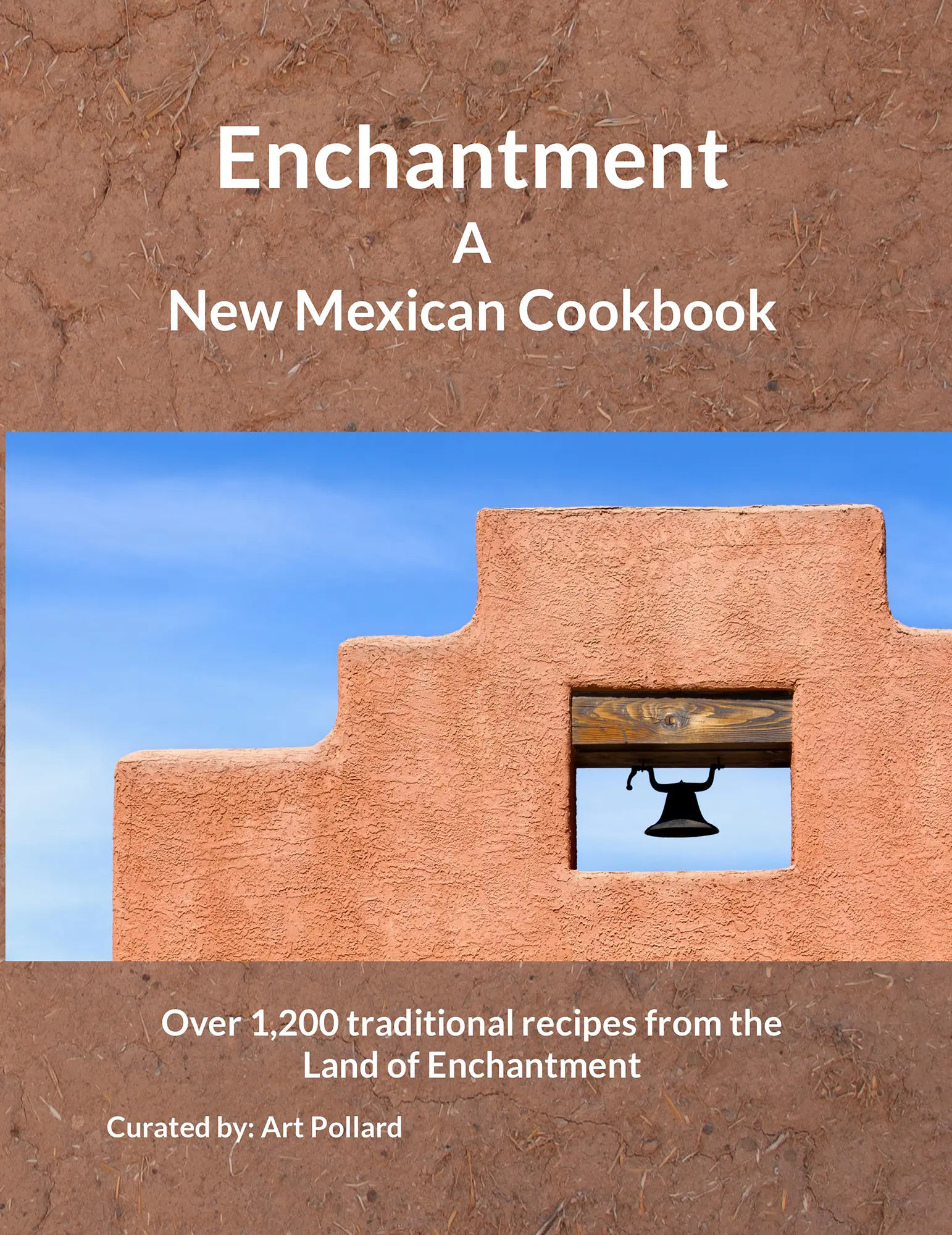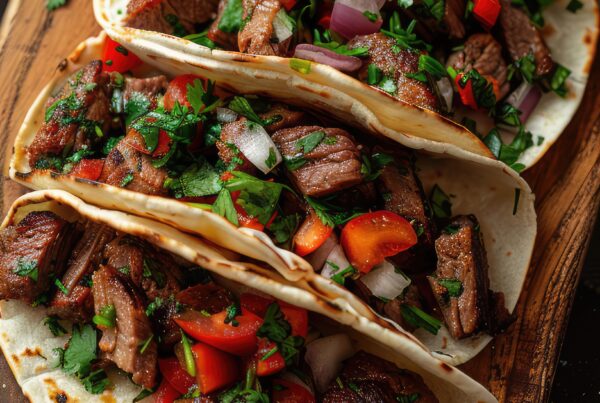When writing “Enchantment: a New Mexican Cookbook”, I was faced with what the most definitive New Mexican Cookbook would look like. I wanted to create something that would withstand the test of time and would help preserve New Mexico’s long and immensely wide culinary traditions.
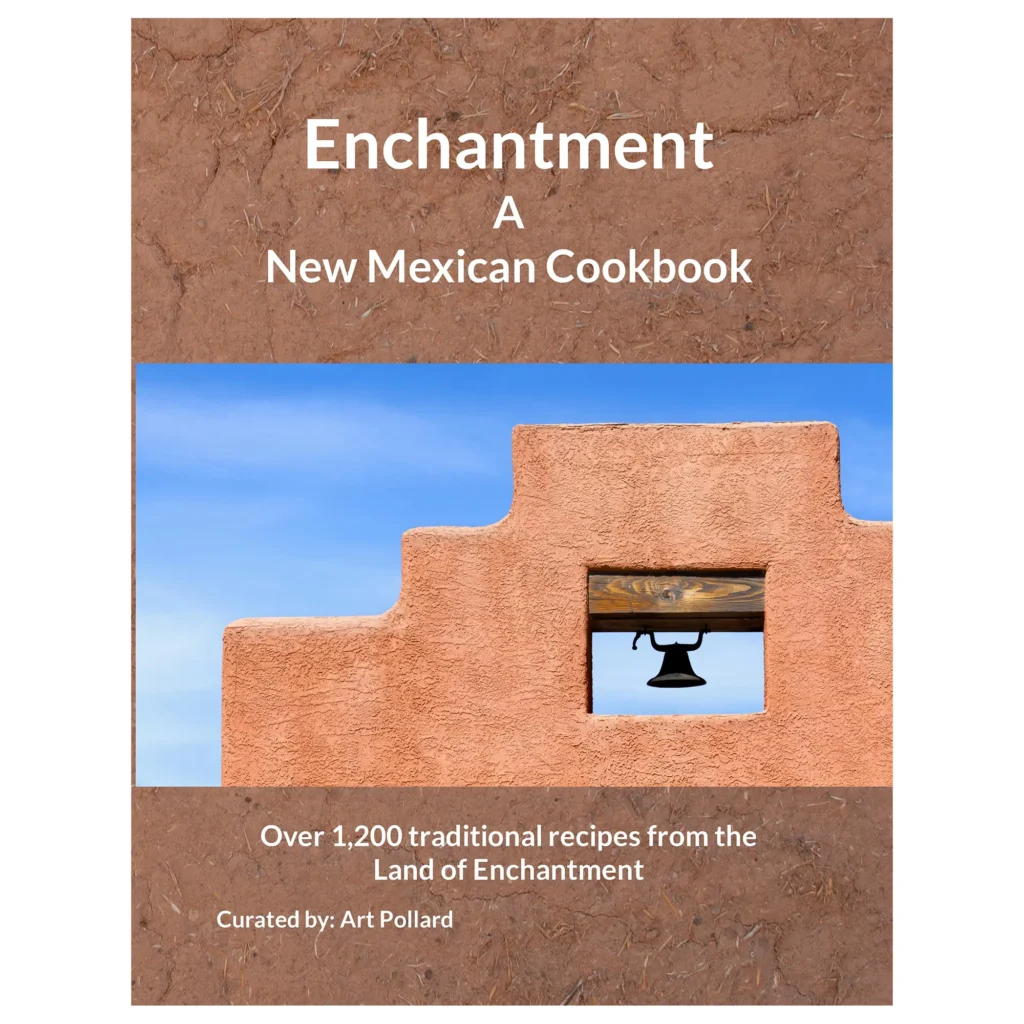
In my view, the most definitive New Mexican cookbook should capture the essence of the state’s rich culinary history, blending Native American, Spanish, and Mexican influences into a vibrant and unique cuisine. It should include traditional recipes, from all of New Mexico’s historical traditions, ingredient guides, and cultural significance, making it an indispensable resource for home cooks and food enthusiasts. So, where to start when creating “Enchantment: a New Mexican Cookbook”, I tried to keep these in mind.
Key Elements of a Definitive New Mexican Cookbook
Authenticity and Tradition
Today, there are many influences coming into New Mexico. However, in my view, a true New Mexican cookbook should focus on authenticity, highlighting the core ingredients and cooking methods that define New Mexico’s food. These are the recipes and traditions that need to be preserved first. It should include recipes for staples such as red and green chile sauces, posole, carne adovada, and stacked enchiladas. The use of New Mexico’s famed Hatch chile (red or green) should play a central role in nearly every dish. The cookbook should also understand that New Mexican cuisine is different from Tex-Mex and mainstream Mexican food, clarifying unique techniques like using blue corn and layering enchiladas rather than rolling them. In compiling “Enchantment: a New Mexican Cookbook”, I placed a huge emphasis on recipes that are traditional and are authentic. Virtually all the recipes originate from traditional New Mexican cookbooks that are hard to find or maybe not available at all.
Comprehensive and Accessible Recipes
A cookbook worthy of being called “definitive” should include a broad range of recipes—from everyday comfort foods to festive dishes served during holidays and celebrations. It should balance classic recipes with variations. In fact, in my view variations are critically important. New Mexican food is comfort food. So it is important not only to be able to find a recipe for your favorite food but also the particular variation that you remember or are trying to recreate. Clear, step-by-step instructions, along with helpful tips where appropriate, should make it accessible to cooks of all skill levels. It should include recipes such as:
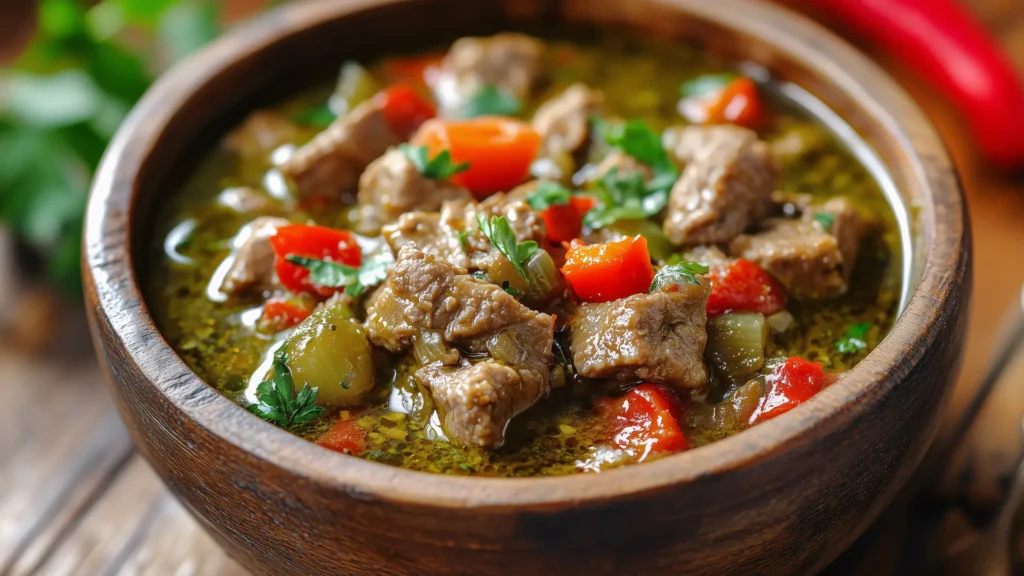
-
- Breakfast: Huevos rancheros, breakfast burritos with green chile, traditional New Mexican pancakes or the New Mexican “French Toast” with traditional New Mexican syrups.
- Soups and Stews: Green chile stew, posole, albóndigas (Mexican meatball soup).
- Main Dishes: Carne adovada, stacked red chile enchiladas, tamales, chile rellenos.
- Side Dishes: Calabacitas, frijoles de la olla (slow-cooked beans), sopaipillas (fried puffy bread).
- Desserts: Biscochitos, natillas, capirotada, pastelitos (fruit-filled pastries).
The cookbook should also include tips on how to adjust spice levels, meal prep shortcuts, and make-ahead suggestions for busy cooks. “Enchantment: a New Mexican Cookbook” is incredibly comprehensive with over 1,200 recipes has many variations for classic recipes and many tips are scattered throughout.
Traditional Recipe Storytelling
New Mexican cuisine has been developing for the last few thousand years. It has a story to tell. Dishes served at births, holidays, weddings, funerals providing nutrition and comfort for hundreds of generations. Many of the people who created these recipes have long since gone let along the many generations which enjoyed them. In “Enchantment: a New Mexican Cookbook”, you’ll find traces of the history of many recipes. When there are multiple variations for a particular dish, you’ll find the recipes are organized by the date they were originally published so the recipes themselves can tell a story of how they have developed over time.
Ingredient Guides and Techniques
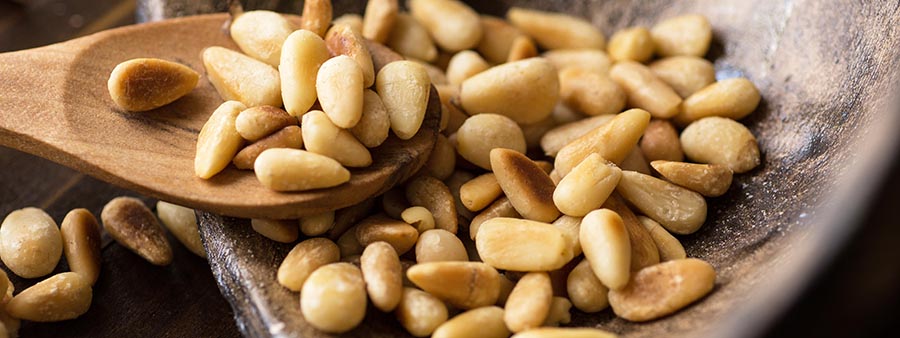
Since many key ingredients in New Mexican cooking can be hard to find outside the Southwest, a definitive cookbook should provide sourcing tips and possible substitutions. It should educate readers on the different types of New Mexican chiles, their heat levels, and best uses. Additionally, it should include techniques such as roasting and peeling chiles, making homemade tortillas, and preparing traditional horno-baked bread. For this reason, I’ve included a very comprehensive glossary that goes into detail about ingredients that are classically used in New Mexican cuisine. You will find instructions on fundamentals such as how to roast green chiles, how to make masa, or make tortillas. You will also find a list of sources where you can purchase New Mexican ingredients whether you are inside and outside of New Mexico.
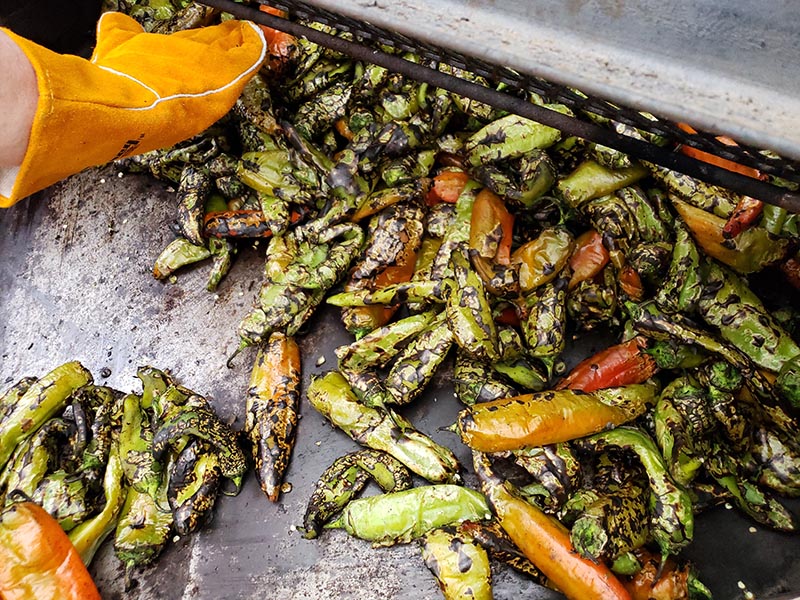
Conclusion
The ultimate New Mexican cookbook should be a deep dive into the state’s culinary heritage, offering both history and practical guidance. It should serve as a cultural artifact, preserving traditions while making them accessible to new generations of cooks. Whether a lifelong New Mexican or someone craving authentic flavors from afar, such a cookbook would be the definitive guide to experiencing the rich, chile-infused soul of New Mexico’s cuisine. While creating “Enchantment: a New Mexican Cookbook” I have tried to keep all these in mind. Looking at the finished first edition of the book, I think that with these goals in mind, “Enchantment: a New Mexican Cookbook” has turned out amazingly well and will go a long way to preserving our amazing culinary traditions.


